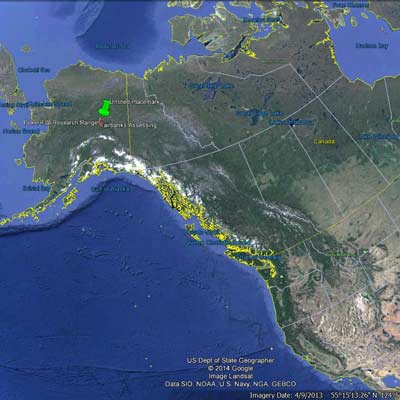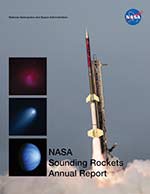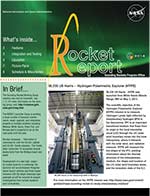
36.371 NS SAVAGE/NASA MARSHALL SPACE FLIGHT CENTER
High-Resolution Coronal imager (Hi-C) - Flare
- Mission
- Vehicle
- Launch
- Photos
The Hi-C Flare experiment is part of a planned campaign that includes three solar physics payloads, with launches taking place from Poker Flat Research Range (PFRR), AK. The science goals of the Hi-C Flare experiment is to determine 1) the mechanisms that drive continual heating of flares into the decay phase, 2) how energy is transferred from the corona to the chromosphere during flares, and 3) the morphology of the source regions associated with particles that are accelerated into the heliosphere. 36.371 Savage is a refly of 36.342 Winebarger with some new hardware and component-level modifications, and was the fourth flight of the Hi-C instrument.
During the launch window in April 2024, solar activity was monitored by scientists using data from the NOAA operated Geostationary Operational Environmental Satellite (GOES). When data from GOES indicated a solar flare is occuring, the payloads were launched to study the event. By analyzing previous solar cycles, scientists estimate that the opportunity of capturing a flare in progress is fairly high during the selected launch window.The Hi-C instrument is optimized for detecting high temperature flare lines.
The Principal Investigator is Dr.Savage/NASA Marshall Space Flight Center
The Black Brant 9 is a two stage sounding rocket with a Terrier first stage and Black Brant second stage. The Black Brant 9 can reach altitudes of about 600 km. Payloads weighing from 400 to 1200 pounds can be flown.

The Hi-C Flare mission was launched from Poker Flat Research Range, Alaska, on April 17, 2024.


